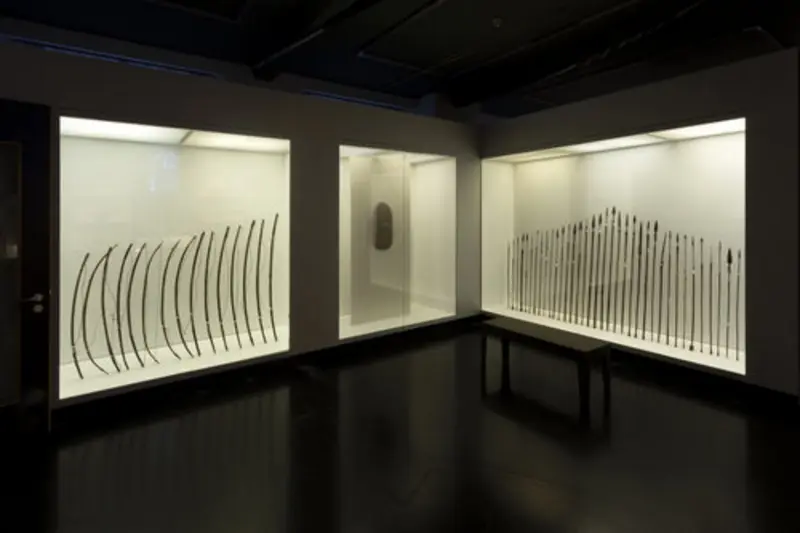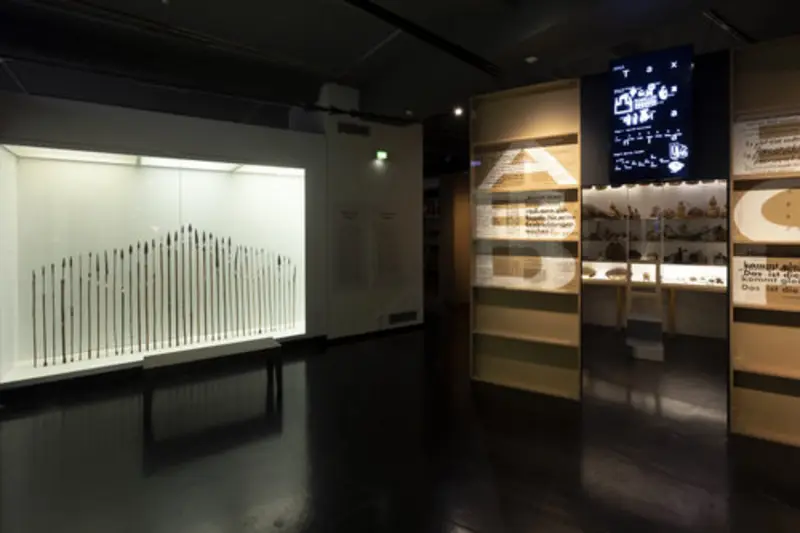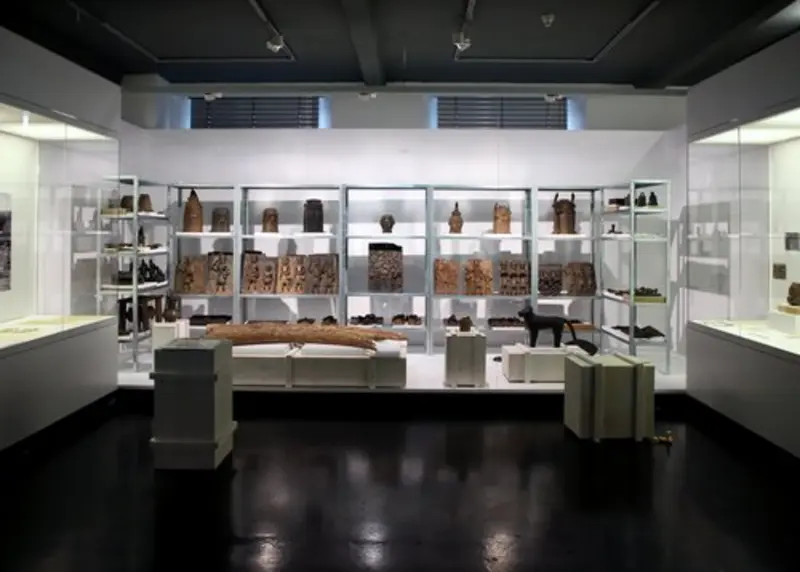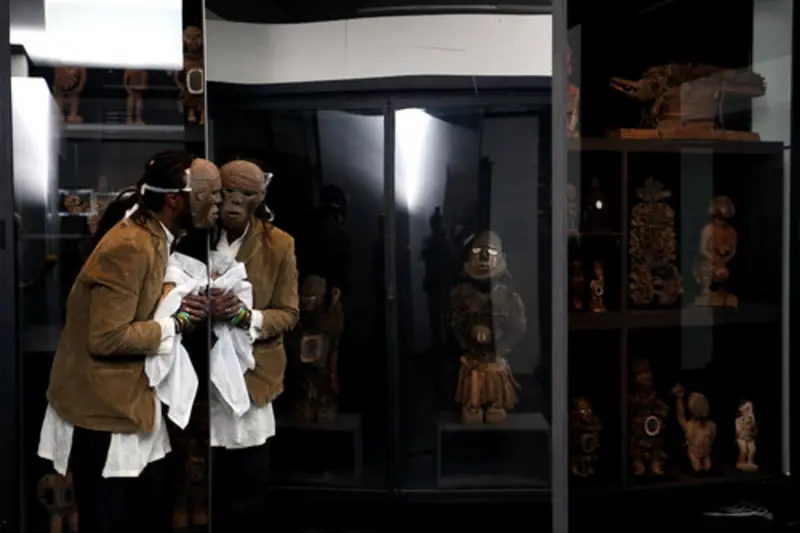[Translate to English:] text 2
In July 1905, the so-called Maji-Maji Rebellion in German East Africa followed. This uprising resulted from the introduction of the poll tax, which drove the local population more and more into forced labor and forced them to resettle their plantation areas. One hundred eighty thousand people fell victim to this armed conflict, reducing the population by a third. By comparison, 15 soldiers and 450 askari – African soldiers fighting on the German side – died on the German side.
The Germans confiscated so-called “spoils of war” during this conflict. This was considered state property and was first sent to the central warehouse in Dar es Salaam. The Royal Museum of Ethnology in Berlin was informed of this by the Colonial Department of the Foreign Office.




